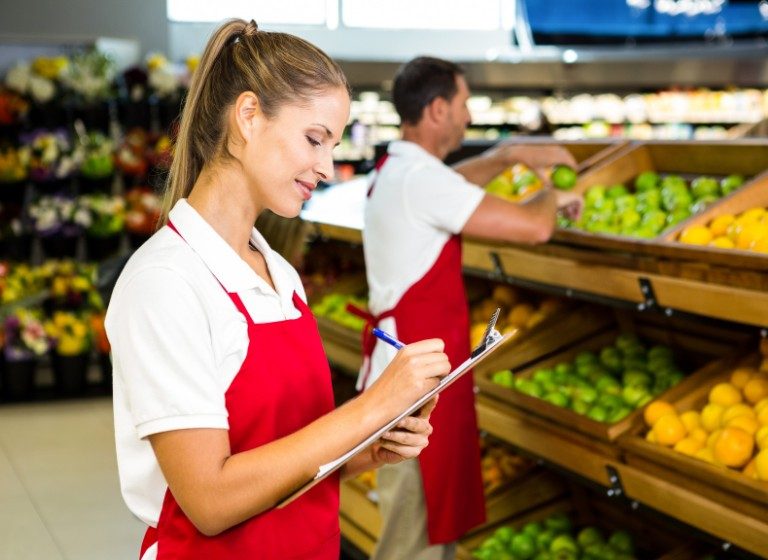

How Independent Retailers Can Prosper in Today’s Market
As previously seen on Progressive Grocer, U.S. food prices have risen by 26%, and with them, consumer vigilance around value. Pricing is not only a primary factor in what consumers are buying, but also where they are spending their money. Recent trend tracking shows that 40% of consumers shop at multiple grocery stores to find the lowest prices, increasing the pressure on retailers to create value. Fortunately, savvy independent retailers can continue to make strategic moves to win and keep consumer loyalty in the redefined grocery landscape.
Launch Targeted Promotions
You can bet on it: When consumers feel financially stretched, they turn their attention to promotions that allow them to stretch their dollars. Similarly, targeted and loyalty-based promotions consistently allow retailers to compete for new and returning customers. The team at Cox Farms Market, an independent retailer with multiple Dallas-based locations, has seen tremendous response to its loyalty program.
“As of this point, we have added 35,000 people to our loyalty program in the two to three years since we launched it. It’s been amazing,” said owner Cameron Cox. “We never accepted paper coupons [before], and digital coupons allow our customers to save and our stores don’t have to learn a new process.”
The nature of digital loyalty programs allows retailers to learn more about their customers through data — and more easily present them with personalized offers and ads, and ensure store shelves are stocked with the goods that keep them coming back again and again.
Enhance Product Offerings
Elevating product offerings is not about adding more for the sake of more; it’s about featuring items with compelling brand stories that resonate with consumers on a personal level. Independent retailers have the opportunity to win customers by offering unique, high quality, and on trend products.
Recent consumer behavior shows strong preference for fresh and convenient food options. 68% of consumers said they would be willing to pay a premium for fresh food, while demand for pre-prepared food has jumped 6% over the past year. Retailers can tap into these insights and plan in-store samples and cooking demos to engage customers with products they crave that fit into busy lifestyles and stretched budgets.
Lean on Partners
Reliable partnerships help retailers enhance the value they provide consumers, extend product offerings, and create opportunities for new programs and promotions. The additional reach and optionality afforded by large partner teams can open up new avenues for promotions and cost savings alike.
For Cox Farms Market, joining the Independent Natural Food Retailers Association (INFRA) has helped with lower wholesale costs and the ability to market specials and deals. With promotional information in hand 60-plus days ahead of time, the retailer has been able to distribute a newsletter to raise awareness among customers for the first time.
Matt Frazier, owner of Frazier Farms Market, a natural grocer with three stores in the La Mesa, California area, similarly touted the optionality and access that partnerships have given his business. He credits some of his business’ durability to clear communication with partners. Sharing their needs and goals with partners such as distributors and vendors has helped them to stay competitive and offer greater value to customers.
Lead With A Customer-Centric Approach
Exceptional customer experiences have the power to transform occasional shoppers into brand champions. Retailers who center the customer in everything from service to store design and product selection can create pleasant and frictionless experiences for customers — an essential pursuit given that 40% of consumers surveyed by Oracle reported that they would shop at a different grocery store based on one bad experience.
Jim Clapp, Director of Operations at Clark’s Market, which has locations across Colorado, Utah, and Arizona, understands that consumer value is not exclusively found in dollars and cents.
“We continue to show value to our guests by assuring them we are providing a best-in-class team experience,” Clapp said. “When we put our [team] first and care for them, they provide an exemplary guest experience.”
Bright Futures Await Dynamic Retailers
Independent retailers contribute more than $255 billion to the economy, according to National Grocers Association (NGA) data — that number tells a story. Customers are willing to look beyond big names to shop with retailers that meet their needs. With a strategic, customer-centric approach that emphasizes their strengths and creates value, independent retailers can position themselves for dynamic growth in the modern grocery landscape.
